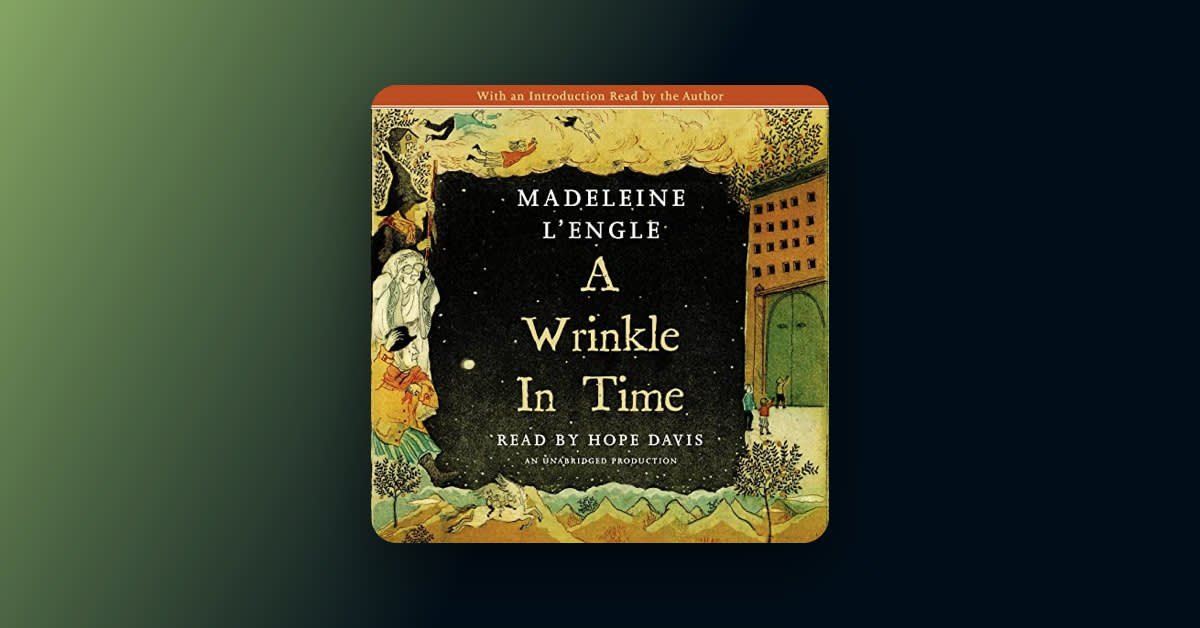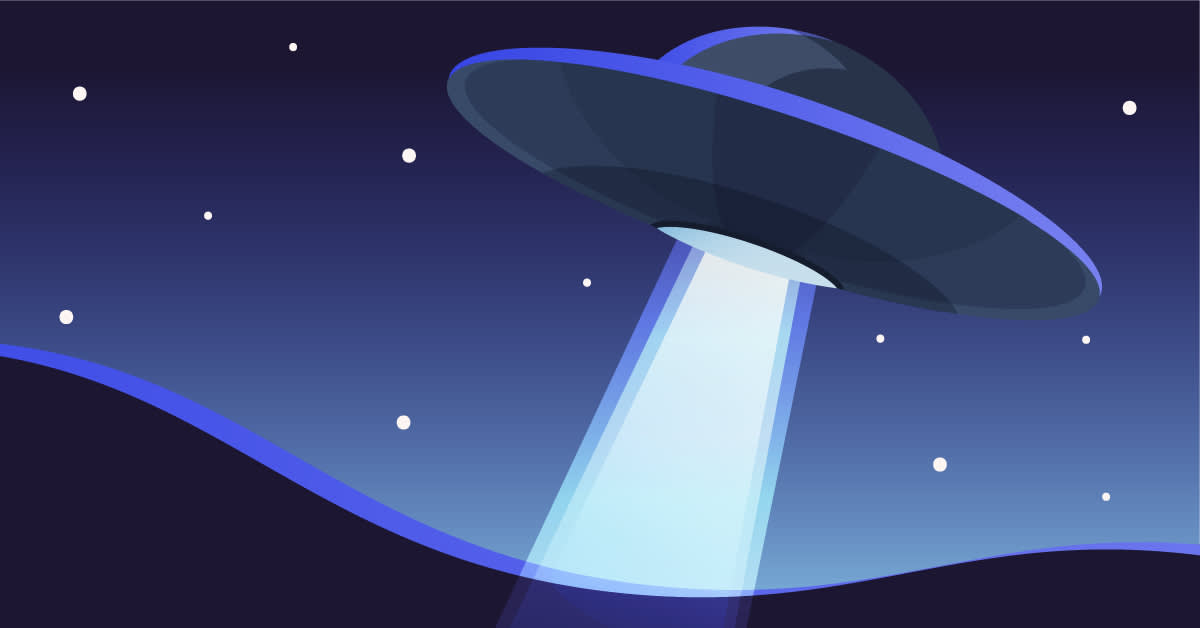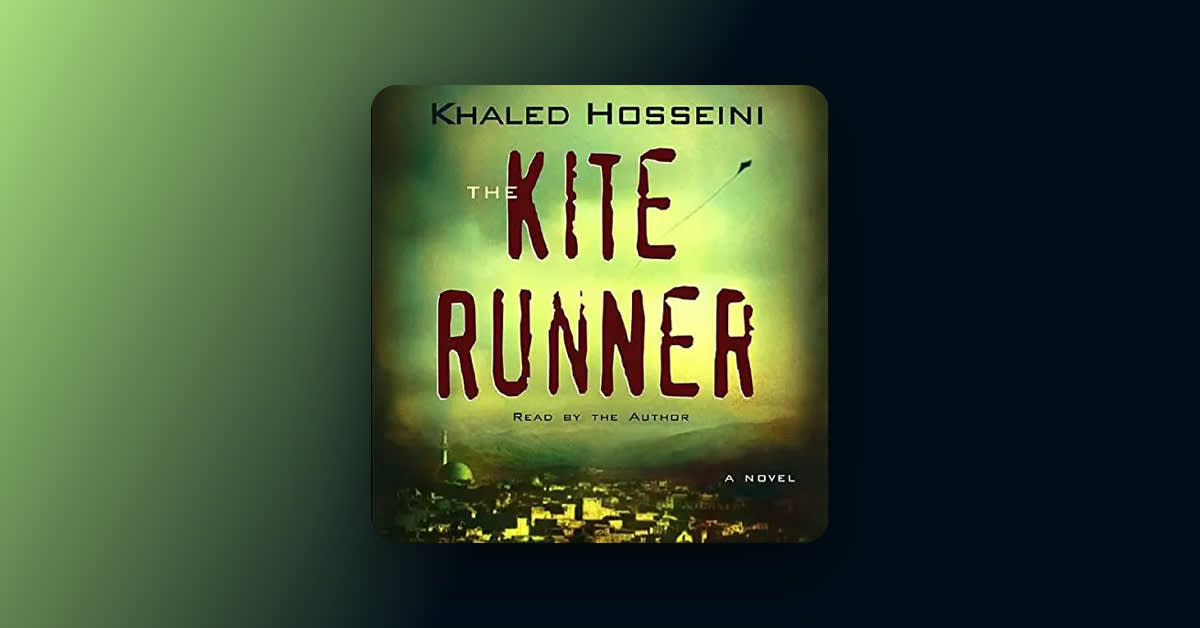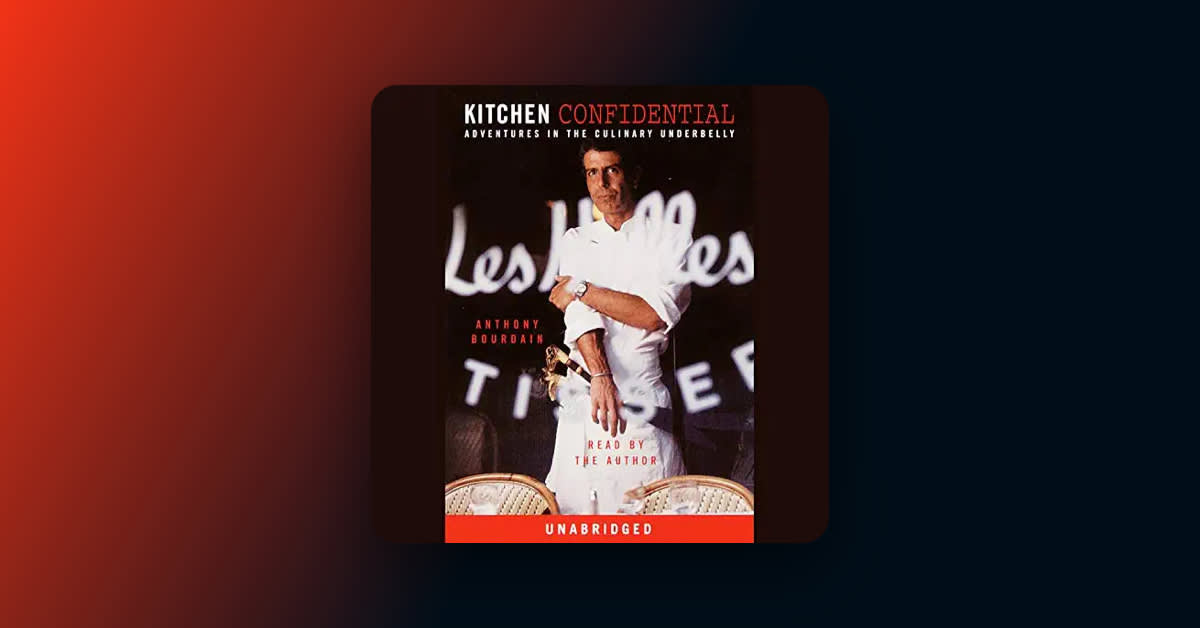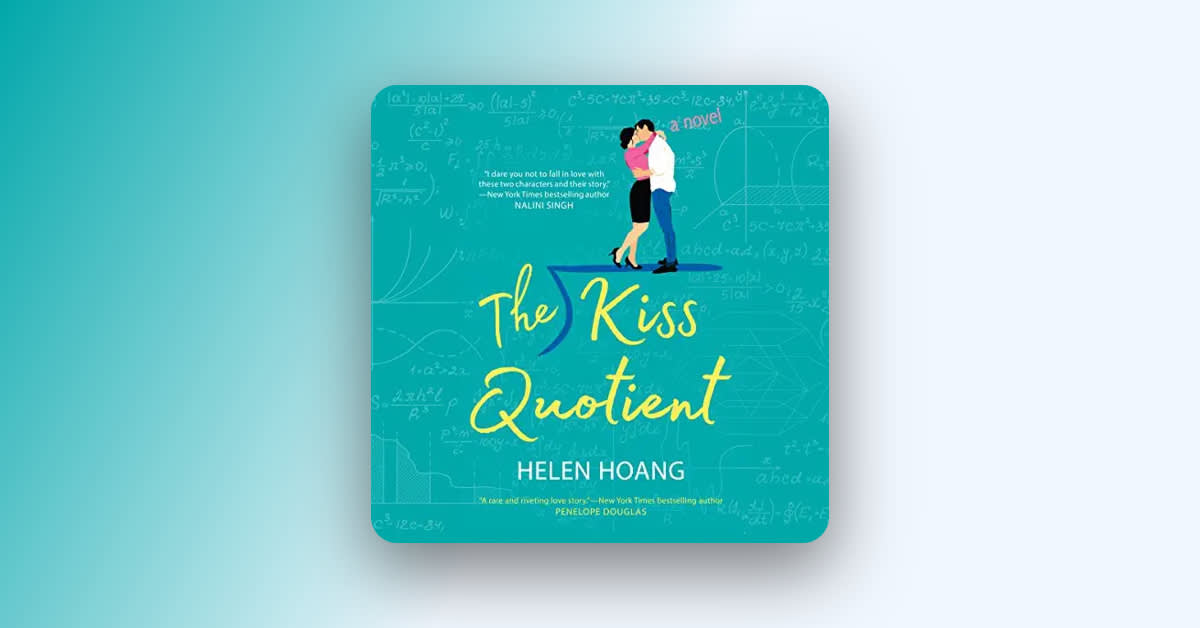Why it's essential
achieves a singular vision of good and evil with her Newbery Medal-winning science fiction debut, . This sweeping tale of space angels, time travel, and alien overlords has a surprisingly intimate core, following its young heroes on an epic quest to save their father. Despite its lofty concepts, A Wrinkle in Time meets children and adults alike at eye level and speaks directly to their hearts.
Featured in: .
What is A Wrinkle in Time about?
This landmark novel begins the series and stars Meg Murry, a bright 13-year-old girl whose father has been missing for a year. After a fateful visit with an extradimensional being named Mrs. Whatsit, Meg, her little brother Charles Wallace, and her friend Calvin O’Keefe interact with a tesseract, the eponymous "wrinkle in time" that allows them to travel to the fifth dimension. With marching orders to rescue the Murrys's father, this trio is sent on a mind-bending journey through the cosmos.
Editor's review
Seth is an Audible editor and a certified podcasting fanatic. He lives for historical fiction, music and film analysis podcasts, and well-placed Oxford commas.
Like many kids growing up in the Northeast suburbs, I spent my summers at a sleepaway camp in the forests of Maine. Whenever anyone in my bunk would get homesick, our counselor, Claire, would pick a book from the small camp library. One night she came back with A Wrinkle in Time, an innocent looking little paperback. Little did I know, I was in for a much more substantive experience than I could ever have expected.
Our story opens with Meg Murry, an intelligent but shy girl who is becoming increasingly worried about her father, a brilliant astrophysicist who mysteriously disappeared a year ago. Before long, she is visited by Mrs. Whatsit, Mrs. Who, and Mrs. Which, a gaggle of extradimensional beings determined to help Meg find her father. These so called "cherubim" provide our call to adventure, sending Meg on a psychedelic odyssey along with her precocious little brother Charles Wallace and her good friend, Calvin O’Keefe.
Before the end of the first chapter, my 10-year-old mind was sufficiently blown, filled with foreign concepts like tesseracts, cherubim, and the fifth dimension. Despite the lofty terminology and subject matter, author Madeleine L’Engle dared me to continue on (or, at least, have my counselor continue reading to me). While revisiting this book as an adult, it became clear that this story was something much deeper and larger than a fairy tale. L’Engle was a true student of the world, drawing terms and imagery from a number of sources, from theoretical physics to religious mysticism straight out of the Kabbalah, and deftly melding themes of family, duty, freedom, friendship, and faith into this strange brew of influences.
